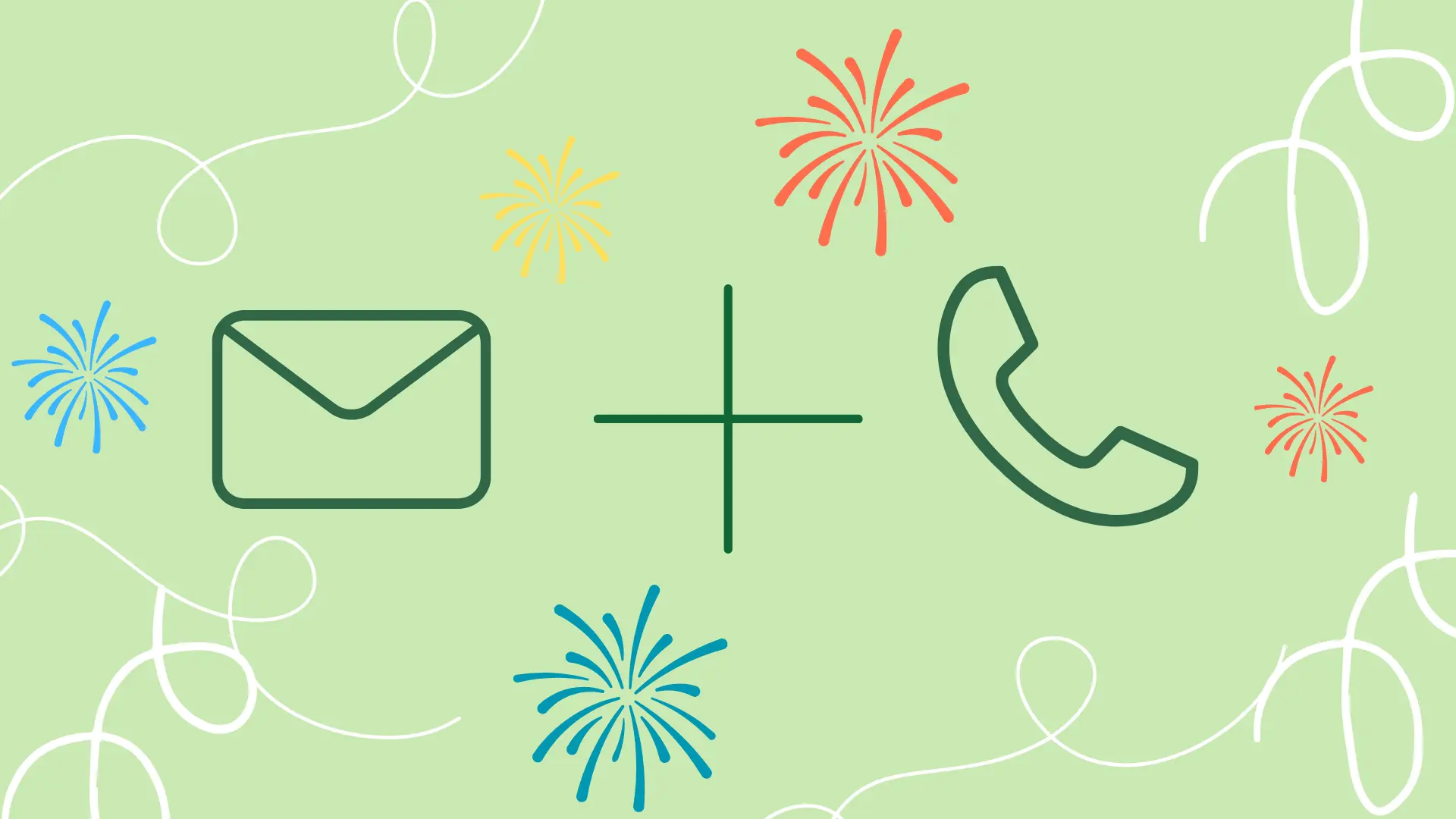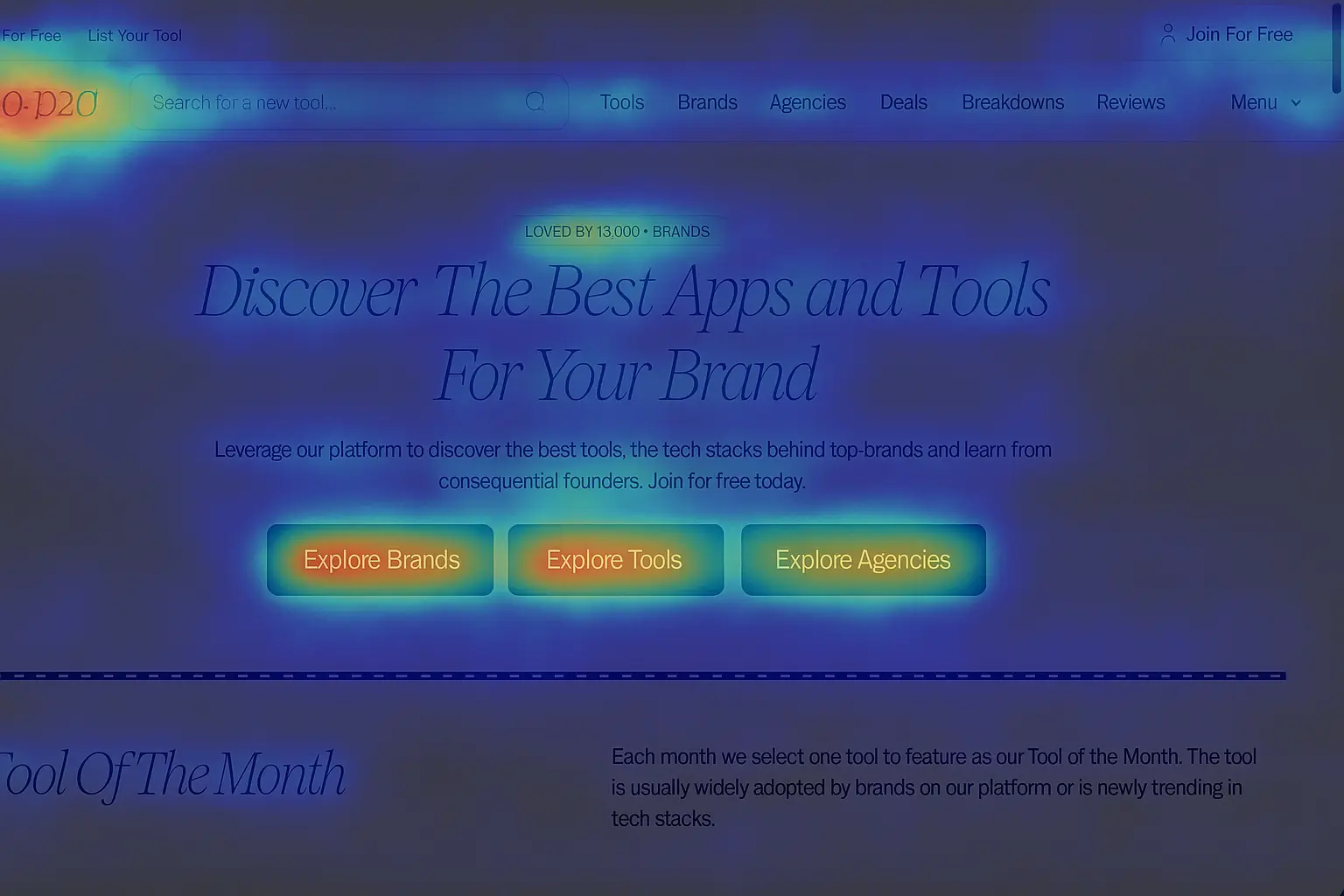
The D2C playbook is clear: Own your audience by collecting first‑party data and communicating consistently via the channels they prefer. This item alone gives you control and improves retention. While email and SMS form the foundation of outreach, blending them effectively requires careful coordination, not just blasting offers. Overusing repetitive promotions can erode lifetime value (LTV) faster than reducing customer acquisition cost (CAC) improves profitability.
For e‑commerce brands aiming for high conversion rates without overwhelming subscribers, integrating email and SMS into a coordinated marketing plan makes all the difference. Email lets you deliver richer, contextual content—like stories or product details—while SMS offers instant, attention-grabbing reminders such as flash-sale alerts or cart recovery nudges. When both channels share unified customer data and are carefully timed, your messaging feels seamless, personalized, and far more effective at driving action.
[cta-btn title="Build Your Brand And Become A Member" link="/membership-pricing"]
f your D2C retention play calls for 'just email' or 'just SMS,' you’re already behind when launching a D2C brand in 2025.
But more touch-points alone aren’t the answer. Sophisticated D2C teams are engineering journeys that are helpful, not spammy. These brands are seeing the payoff in both engagement and lifetime value.
Email and SMS are complementary tools, not interchangeable ones, and using them as though they’re the same channel can backfire over time.
SMS stands out for speed and urgency. This channel is the go-to for flash sales or delivery updates.
Email, by contrast, delivers versatility and depth, supporting rich formatting, images, and longer narratives that nurture brand relationships and drive higher ROI.
Smart operators split the channels: Smart brands tailor which channel they use depending on goals, like immediacy via SMS or storytelling via email, for stronger consumer engagement overall.

To maximize performance, coordinate email and SMS within unified flows rather than siloed sends. Staggered automation, such as sending a welcome email followed by a reminder SMS, keeps cadence without overwhelming users.
Use shared opt-ins and centralized first-party customer data to enable precise segmentation, letting you tailor content by behavior or channel preference. Compliance with consent laws like TCPA and GDPR is non-negotiable and essential to long-term deliverability and trust for your D2C brand.
Send your main email, wait 6–12 hours, then text only to those who didn’t open so you don't risk revenue loss from misfired tests. No duplicate blasts. No sense of déjà vu. Just a helpful nudge. You need one touchpoint per person, not two.
Suppress SMS during a customer’s actual night hours (not just your HQ time). Pull their local time from your ESP. Here, respecting their rest isn’t just polite, it’s a retention superpower.
Track a rolling “stress meter” for every subscriber. Add points for every touch; subtract when they engage. Set a ceiling so that when their fatigue score hits red, pause all outreach. Brands that measure over-message rates are brands that don’t churn and burn.
Let email dig deep with storytelling and visuals, but make SMS a skimmable “heads-up," with one clear reminder, not a wall of text. Phones aren’t mini inboxes.
Don’t build your calendar around SMS blasts. Instead, let texts trigger on behavior like abandoned carts, post-delivery, and price-drop alerts. Highly relevant messages don’t stress lists the way broad promos do.
Let customers choose not just what channel, but how often and for which content. Weekly, bi-weekly, launches only? When people feel in control, compliance jumps and opt-outs fall off a cliff.
If someone clicks an email, suppress SMS for 24-48 hours. If they click a text, skip the next promo email. Most automation tools can handle this with a simple if/then branch. By setting it and you save your sanity and your audience's.
[single-inline-tool]
It’s not about doing more, it’s about doing it smarter. Email is the core of D2C messaging; adding opt-in SMS helps boost conversions through timely updates, automation, and personalization. Success depends on compliance, clean lists, and smart lifecycle triggers.
Letting people set their own boundaries wins more loyalty than big discounts ever could.
D2C e‑commerce brands succeed by combining permission‑based email and SMS marketing with precise timing, relevant segmentation, and clear automation flows. Build trust with explicit opt‑ins, welcome series, cart‑abandon reminders and behavioral triggers; personalize messaging, set realistic KPIs, and optimize via testing to enhance engagement steadily.
Stick to a 1–2 touchpoint per week cadence, unless your subscriber explicitly asks for more. This helps your brand avoid churn and failure, while staying user-friendly for years to come.
Combining email and SMS isn’t about brute force frequency; it’s about smart, respectful orchestration grounded in data and empathy. D2C brands that balance immediacy and depth are building relationships that stand the test of time and cadences that respect their target audience.
As everywhere in e-commerce, it’s always “quality over quantity.” Operate your onmnichannel marketing efforts accordingly.
[inline-cta title="Discover More With Our Resources" link="/resources"]

Alia is a popup that lets Shopify stores reward shoppers with discounts for learning more about their brand, story, and products through an engaging customer education experience.



